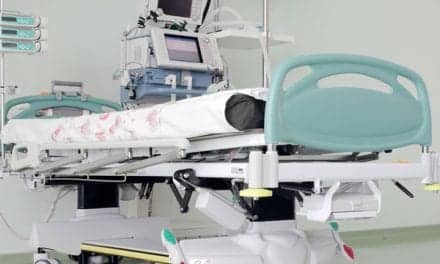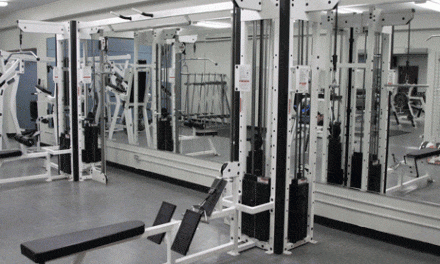Studies published in the British Journal of Sports Medicine report characteristics of bone stress injuries and tendon abnormalities detected among athletes participating in the 2016 Summer Olympics in Rio de Janeiro.
The studies were conducted in collaboration with researchers from New York, Pennsylvania, Switzerland, Norway, France, Germany and Brazil, according to a media release from Boston University School of Medicine.
According to the research findings, female athletes participating in the 2016 Summer Olympics in Rio de Janeiro were more likely to experience bone stress injuries in their lower extremities while competing in track and field compared to other events. In addition, tendon abnormalities similarly were most common in track and field athletes, however they most frequently involved the shoulder, Achilles, and patellar tendons.
“Bone stress and tendon abnormalities are common sports injuries that pose a major concern for professional athletes as they can jeopardize the athletes’ abilities to train and compete,” says co-author Mohamed Jarraya, MD, research fellow in musculoskeletal radiology at Boston University School of Medicine (BUSM), in the release.
Bone stress abnormalities range in severity from mild stress reactions to overt stress fractures for bone injuries and from mild inflammation to complete tear for tendon injuries. Bone vascularity, training regimen and equipment are known to predispose athletes to bone stress fractures.
The researchers studied a total of 25 bone stress injuries and 156 tendon abnormalities that were reported during the 2016 Summer Olympics from a total population of more than 11,000 Olympians representing more than 200 countries. All injured athletes underwent imaging at the official International Olympic Committee clinic in the Olympic Village, and the images were reviewed independently by two board-certified musculoskeletal radiologists with expertise in sports injuries.
“We found that bone stress injuries occurred more commonly in women, in the lower extremities, and were detected at highest incidence in track and field athletes as compared to other disciplines,” states co-author Daichi Hayashi, MD, PhD, research assistant professor of radiology at BUSM, the release continues.
“Based on the results of our studies, we believe that it is important to improve early detection of bone stress reactions before it progresses to fracture by performing early MRI imaging, especially in symptomatic athletes patients who may have normal X-Rays,” explains corresponding author Ali Guermazi, MD, PhD, professor of radiology and medicine at BUSM and a radiologist at Boston Medical Center.
“In terms of tendon injuries, the possibility of precompetition imaging screening data would be helpful for the detection of chronic lesions and possibly preventive measure,” adds Guermazi, who was an expert radiologist for the International Olympic Committee at the Rio 2016 Summer Olympics.
The researchers believe future studies to further the understanding of the mechanisms of injuries are necessary to be able to develop robust and discipline-specific injury prevention strategies, the release concludes.
[Source(s): Boston University School of Medicine, Science Daily]





